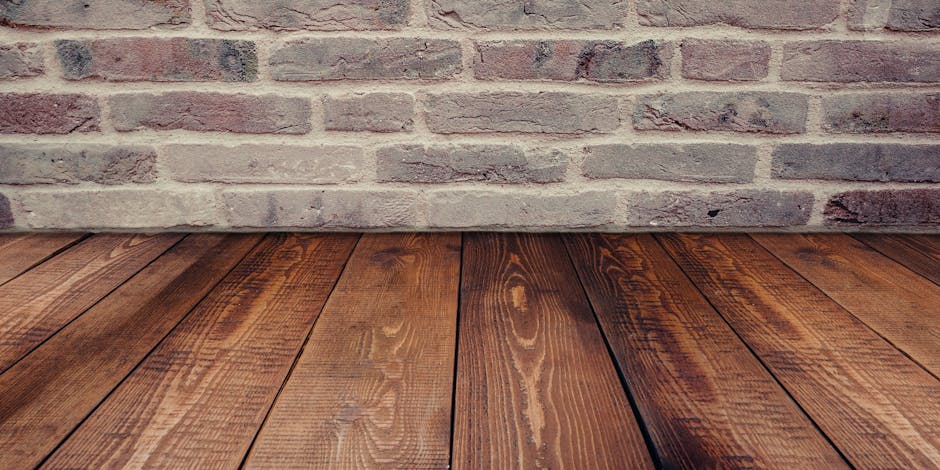Floors
Introduction
Floors are a fundamental aspect of any building, providing a stable and aesthetically pleasing surface for occupants. Choosing the right flooring is a critical decision, impacting everything from comfort and durability to style and property value. This article will explore various flooring options, their pros and cons, and factors to consider when selecting the perfect floor for your space.
Main Sections
Types of Flooring Materials
The market offers a vast array of flooring materials, each with unique characteristics. Here’s an overview of some popular choices:
- Hardwood Flooring: Known for its timeless appeal and durability. Available in various species like oak, maple, and cherry.
- Engineered Wood Flooring: A cost-effective alternative to solid hardwood, offering stability and moisture resistance.
- Laminate Flooring: A synthetic option that mimics the look of wood or stone, offering affordability and ease of installation.
- Vinyl Flooring: Durable, water-resistant, and versatile, available in sheet, tile, and plank formats. Perfect for bathrooms and kitchens.
- Tile Flooring: Ceramic, porcelain, and stone tiles offer exceptional durability, water resistance, and design flexibility.
- Carpet: Provides warmth, comfort, and sound absorption. Available in various textures, colors, and fiber types.
- Concrete Flooring: A modern and industrial choice, known for its durability and customizable finishes.
Factors to Consider When Choosing Flooring
Selecting the right flooring requires careful consideration of several factors:
- Budget: Flooring prices vary widely. Set a realistic budget before exploring options.
- Foot Traffic: High-traffic areas require durable and scratch-resistant materials.
- Moisture Resistance: Bathrooms, kitchens, and basements need water-resistant flooring.
- Maintenance: Consider the cleaning and maintenance requirements of different flooring types.
- Style and Aesthetics: Choose a flooring that complements the overall design of your space.
- Subfloor: Ensure the subfloor is properly prepared before installing any flooring.
- Pets and Children: Consider the impact of pets and children on the durability and maintenance of your flooring. Scratches and spills are a factor to consider.
Installation Methods
Flooring installation can be a DIY project or require professional assistance. Common installation methods include:
- Glue-Down: Flooring is adhered directly to the subfloor.
- Nail-Down: Typically used for hardwood flooring.
- Click-Lock: Flooring planks or tiles interlock without glue or nails.
- Floating Floor: A flooring system that is not directly attached to the subfloor.
Flooring Trends
Staying updated with current flooring trends can help you make informed decisions:
- Wide Plank Hardwood: Creates a spacious and modern look.
- Luxury Vinyl Plank (LVP): A popular choice for its durability and realistic wood or stone appearance.
- Patterned Tile: Adds visual interest and personality to any room.
- Sustainable Flooring Options: Bamboo, cork, and recycled materials are gaining popularity.
- Grey Tones: Remains a popular and versatile color choice for flooring.
Conclusion
Choosing the right flooring is an investment in your property and your comfort. By considering the factors outlined in this article, you can select a flooring option that meets your needs, enhances your space, and provides lasting value. Whether you prioritize durability, style, or budget, the perfect floor is waiting to be discovered.














Post Comment